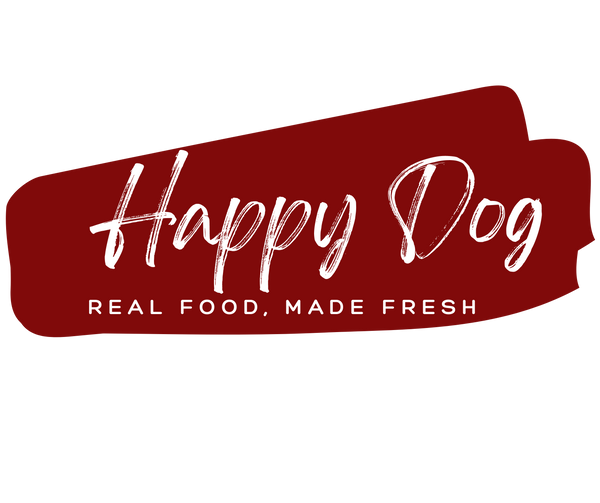
Is Your Dog a Speed Eater?
Most dogs are food motivated, so it’s really no surprise they attack their meals as though they haven’t eaten in days and may never eat again. However, dogs who down their dinners in the blink of an eye are more likely to create problems for themselves than those who eat at a more leisurely pace.
For example, there’s always the risk of choking when food is inhaled rather than chewed. There’s also an increased risk your pet will immediately vomit his meal, though this tends to happen more often with speed-eating cats than dogs.
If you happen to have a large dog with a deep chest, there’s also the very real danger that eating too fast will bring on a case of life-threatening bloat.
If the speed at which your dog eats makes you nervous, or if she routinely chokes or vomits during or immediately after a meal because she ate too fast, or if you have a breed prone to bloat, here are some useful tips for slowing her down.
10 Tricks to Slow Your Dog's Speed Eating
- Use a puzzle feeder or treat-release toy. These products are designed to hide treats to help keep your dog mentally stimulated, but when used at mealtime, they offer the added bonus of making food gulping impossible. Even better – the toys are especially challenging when they’re filled with species-appropriate (moist) food.
- Serve your dog his meals on a cookie sheet. Spread the food around the sheet, which will force him to do a lot of licking and much less gulping.
- Use a muffin tin. Spoon a bit of your pet’s food into each individual muffin cup. The need to move from cup to cup will put the brakes on gulping.
- Turn mealtime into training time. Instead of simply putting the plate or bowl of food on the floor for her, use mealtime to tune up your dog’s obedience skills or teach her new commands or tricks and reward her with bites of food instead of training treats.
- Play hide-and-seek at dinnertime. This is a good choice during nice weather. Hide small quantities of your dog’s meal around your backyard or another safe outdoor space and let him use his nose to sniff out dinner.
- Consider purchasing a slow feeder bowl. There are many styles of bowls available, plastic or stainless steel. The design of the slow feeder bowl is simple – there’s typically a single dome in the center, and the food is placed around it, making gulping impossible. There’s also the Brake-Fast bowl, which has a slightly more complex design.
- Create your own slow feeder bowl. Place a ball, large rock, or other round object in the middle of your dog’s bowl and distribute the food around it. The object should be big enough that your dog can’t swallow it. Alternatively, you can purchase a portion pacer made of stainless steel or porcelain.
- Turn the bowl upside down. This mimics the idea of the slow feeder bowl above. If your dog’s bowl is designed something like this, in a pinch you can always turn it upside down and place the food around the center of the overturned bowl.
- Feed several small meals per day. If your schedule allows it, consider dividing your dog’s food into several smaller meals and feeding her at regular intervals throughout the day.
- Hand-feed your dog. This is probably an option of last resort when all other tips and tricks for slowing your dog’s eating speed have failed. It will certainly require more of your time, and it will require you to handle your dog’s food, which isn’t everyone’s cup of tea. However, as a last resort, it’s certainly worth considering for a dog who may potentially pose a danger to himself by wolfing his food.
These suggestions can be used no matter what type of food you offer your dog, though for the optimal health and longevity of your pet, I strongly encourage a fresh, balanced, species-appropriate diet made with natural, human food ingredients.
Dry pet food (kibble) and food containing feed grade (vs. human grade) ingredients are much less nutritious than a fresh, whole food diet. In my experience, processed pet food is responsible for many of the diseases seen in today’s dogs and cats, so I don’t recommend it.
